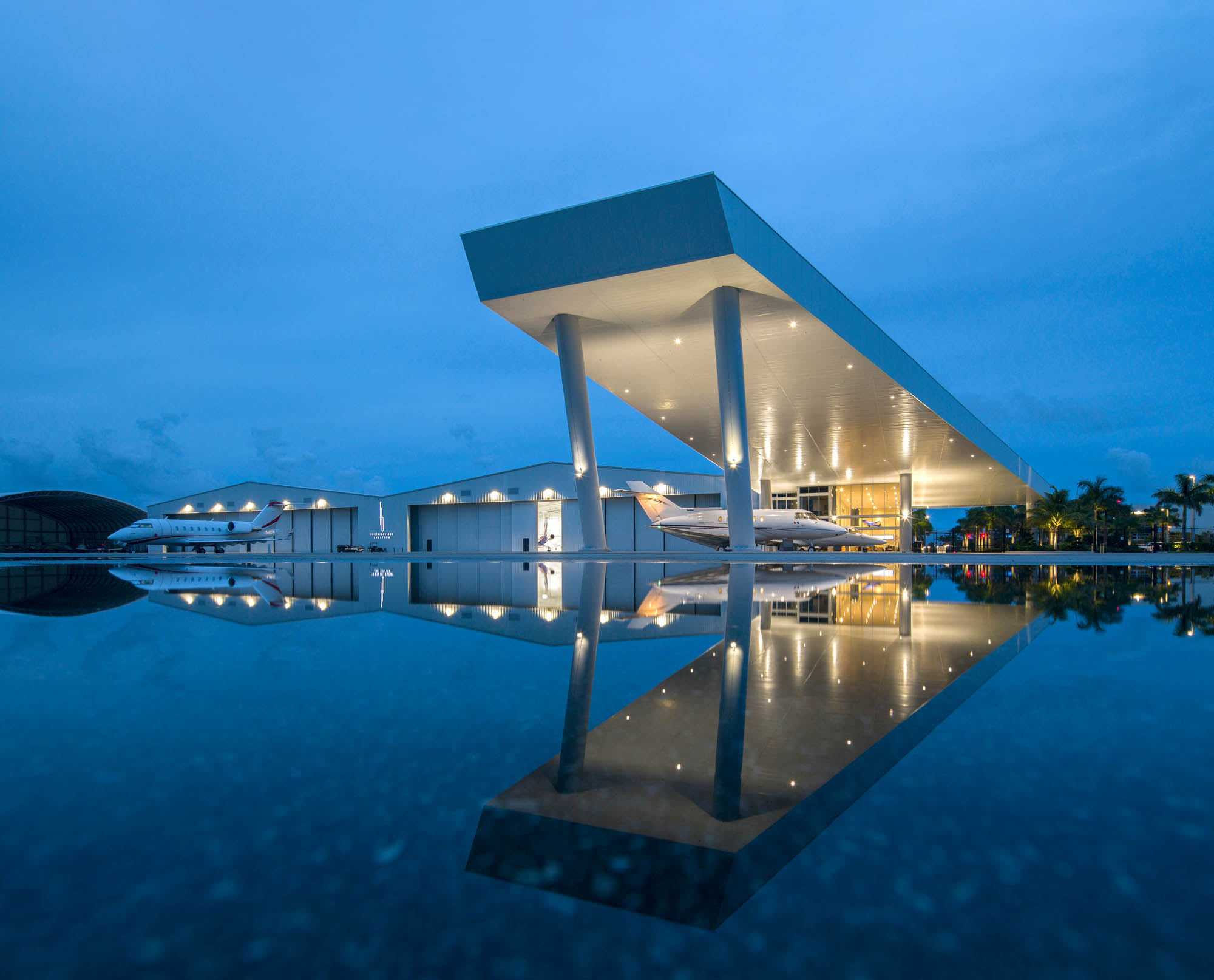
For 44 years, Zyscovich Architects has strived to create projects with purpose, bringing new life and vibrancy to cityscapes through integrated urban planning, architecture, and interior design. To this day, Zyscovich has remained true to the original concept: design projects that have purpose and meaning.
Zyscovich has designed the full spectrum of projects, from transportation facilities and airports to K-12 schools and universities, mixed-use commercial and public-private partnership developments to multi-family residential high rises and master plans for cities.
Venu converges with Partner, and Director of Interior Architecture Anabella Smith about her design process and redefining Miami.
“Rarely you can find the combination of talent, enthusiasm, knowledge, and pure unadulterated fabulous aesthetic sensibilities as Anabella. It is a delight and privilege to have her be a partner in our efforts to make the world a more beautiful place. Oh….and our clients adore her too!” – Bernard Zyscovich FAIA
VENU: Do you define yourself as an interior architect, designer, or artist?
Anabella: I grew up in Venezuela, where Architecture is seen as a design career. The architect is the visionary, the master craftsman that designs the vision from planning to building on the site. The interiors are an integral component of the solution with how the building sits in the area – as the human journey through spaces that implement art, graphics, and furniture to complement the exterior. People can feel through texture, lighting, and color. From conception to inception, rewarding design is about looking through the eyeglass of an artist to provoke emotions. Influenced by the tendencies of how I see architecture, design and fashion, I define myself as all three.
VENU: Who is the Zyscovich consumer?
Anabella: We are lucky to say that we have an extensive range of consumers, from local residents to tourists that visit Florida, NYC retail projects, well-thought out mixed-use projects, airport travelers’ experiences, moviegoers that seek out a VIP entertainment experience as we did for CinéBistro, students that attend our universities and Executives that want a unique state-of-the-art workplace for their business.
VENU: The Zyscovich firm has brought a new founded vibrancy to the Miami cultural landscape on a larger scale. In your opinion, what was missing in the exterior and interior architectural score of the metropolis and how are you redefining Miami?
Anabella: Miami was missing its own essence. Since I came to Miami in 1979, Miami has progressed with the influx of Central and South American, European, and many other cultures. Miami has brought its own uniquely seasoned blend to this ultimate destination defined by its history of Architecture, Art, Entertainment, Gastronomy, Nightlife, and perpetual great weather.
VENU: Has VR helped in interior design and urban planning? Do you foresee a greater responsibility to use the tools given with care in order not to blur the lines between the physical and virtual environments?
Anabella: We still need physical spaces to be a part of something tangible and tactile. The use of VR spaces has been highly positive for our market. It can visually connect remote office locations, which helps with the office culture; you can communicate with clients easier without time delays in traveling, and it visually connects you with others. We use many virtual environments as part of our everyday life at the office, which helps us organize ourselves during construction and communicate better with the contractor. VR Presentations work well with clients as they can envision the space from inception to completion, but it does have its drawbacks with the amount of effort needed on our part to derive visuals at conception.
VENU: How does one begin to create a conscious dialogue between the architectural score of the exterior and interior environments?
Anabella: Our exterior environments depict how we as humans evolve with the times. As authors of the structures that house humans, we must adapt to their lifestyle and behavioral changes. Having a good team of consultants that are focused and invested in your goals is the main component in achieving architectural balance. A Modern Design team has to be in place to bring your vision to fruition from inception to completion.
Architecture Comes from the heart.
– Anabella Smith – Partner and Director of Interior Design
VENU: How are you building in the future to eliminate the carbon footprint (net-zero environment)?
Anabella: To achieve optimization in a net-zero energy building, the following prerequisites need to be considered: (1) lighting, (2) the walls and roof, (3) glazing, (4) heating, (5) ventilation, (6) air conditioning, (7) renewable materials (8) soft costs, and (9) the building usage and behaviors of the occupants. This means that the total amount of energy used by the building on an annual basis is roughly equal to the amount of renewable energy created on the site.
This decision includes the client/owner and us as the consulting team. Our tasks as the architect/designers are to present our client’s solutions based on their vision and budgetary goals to achieve or get close to a net-zero footprint.
VENU: What is the importance of lighting design in urban planning and interior design?
Anabella: I am a huge advocate of lighting designers. Having the correct lighting input, color, and strategic location of the source, will enhance the design by creating the right mood in the space at different times of day; it also helps emphasize the textures and color intensities of the materials applied. In urban planning, good lighting helps brand cites, helps in wayfinding, and improves safety issues. Lighting is used to emphasize architectural gestures.
Use of Natural Light in Design
By designing projects connected to the local climate and context, energy can be saved by using as much natural light as possible during the day, which will help balance energy waste and thermal losses. The orientation of the openings, well-calculated sun protection, and the selection of absorbing and reflective materials in the right places help to take advantage of natural resources.
VENU: What are some of the environmental challenges that we face in South Florida and the impactful measures that you are putting in place for the future?
Anabella: In all our projects, we pursue the implementation of LEED and WELL guidelines as good practice. We are careful when designing spaces that serve the purpose of their intended use and enhance the well-being of the end-user. We cautiously select suitable materials to implement biophilia in creative ways.
We understand how our design can impact psychology and people’s behavior and how they can contribute to the growth of surrounding environments and communities. In particular, I believe in repositioning existing buildings and thinking that each of our projects will benefit the surrounding communities to create new economic opportunities.
Climate challenges arise when designing outdoor spaces that people want to use all year round. Areas that should be revenue makers make it difficult to stay outside for long periods due to the humidity. One of our biggest obstacles is how to invite an exterior space into an interior environment that presents condensation issues that bring molds and mildew. The overall task is to ensure that the outdoor spaces become weatherproof while inviting.
VENU: How do you harness the directives of design to reflect, contribute and connect with the essential elements that enhance our overall well-being? Before and. after COVID? (Residential, mixed-use/ transportation, etc.)
Anabella: “Our motto has always been creating spaces for people, creating spaces with a purpose.” Each project comes with its own set of challenges to meet the requirements and needs of the end-user. Many factors affect solution-oriented decisions, including economics, location, budgets, and schedules that all align. We submerge ourselves in the journey and collaborate with the right team.
VENU: ART has become the new commodity in the exploration of architecture and interior design. How are you implementing the artwork into spaces to emote the experience? How are you positioning NFTs into the spaces?
Anabella: I implement art in all my projects as part of the design. I find those moments in the project where I feel the need to create an experience through art, whether through a wall application, wallcovering, a pattern of a rug design, an interactive LED wall, or NFT.
VENU: Zyscovich prides itself on projects that convey a story. What is the biggest challenge between the creative process of design vs. the marketing aspects of a developer’s vision?
Anabella: It’s unfortunate that by normal standards homeowners and developers see a brand name rather than the design work that goes into it. They don’t usually want to hire an interior designer that works in an architectural space. My aim is to change their mind.
VENU: What liberates you about design?
Anabella: For me, design starts at the moment I’m having a conversation with the client when I begin to inquire about the needs and purpose of the project. From inception, we are designing and creating concepts that will be implemented into reality. The execution of the detail is one of the most imperative design moments, adapting and refining our concepts at the construction site are also crucial design elements.
VENU: Color sends a message of energy. It is what attracts and detracts. What is the one color/s that is a staple throughout your design process?
Anabella: “Orange is the color that promotes rejuvenation, positivism, and optimism. Orange can foster encouragement, motivation, and drive during our trying times. Mustard symbolizes creativity and diversity.”
VENU: What part of designing is authentic to you and how do you define beauty?
Anabella: Beauty is defined and perceived differently by people. For me, its what brings me joy, what makes me feel good. Beauty is also defined by balance, proportion and light.
VENU: Where do you see contemporary trends going in South Florida under the Mid-century modern umbrella?
Anabella: I see Mid-century modern design as an ongoing trend. I feel we should create our own contemporary trends. ☐
www.zyscovich.com | Photography by Robin Hill
Images courtesy of Zyscovich Architects

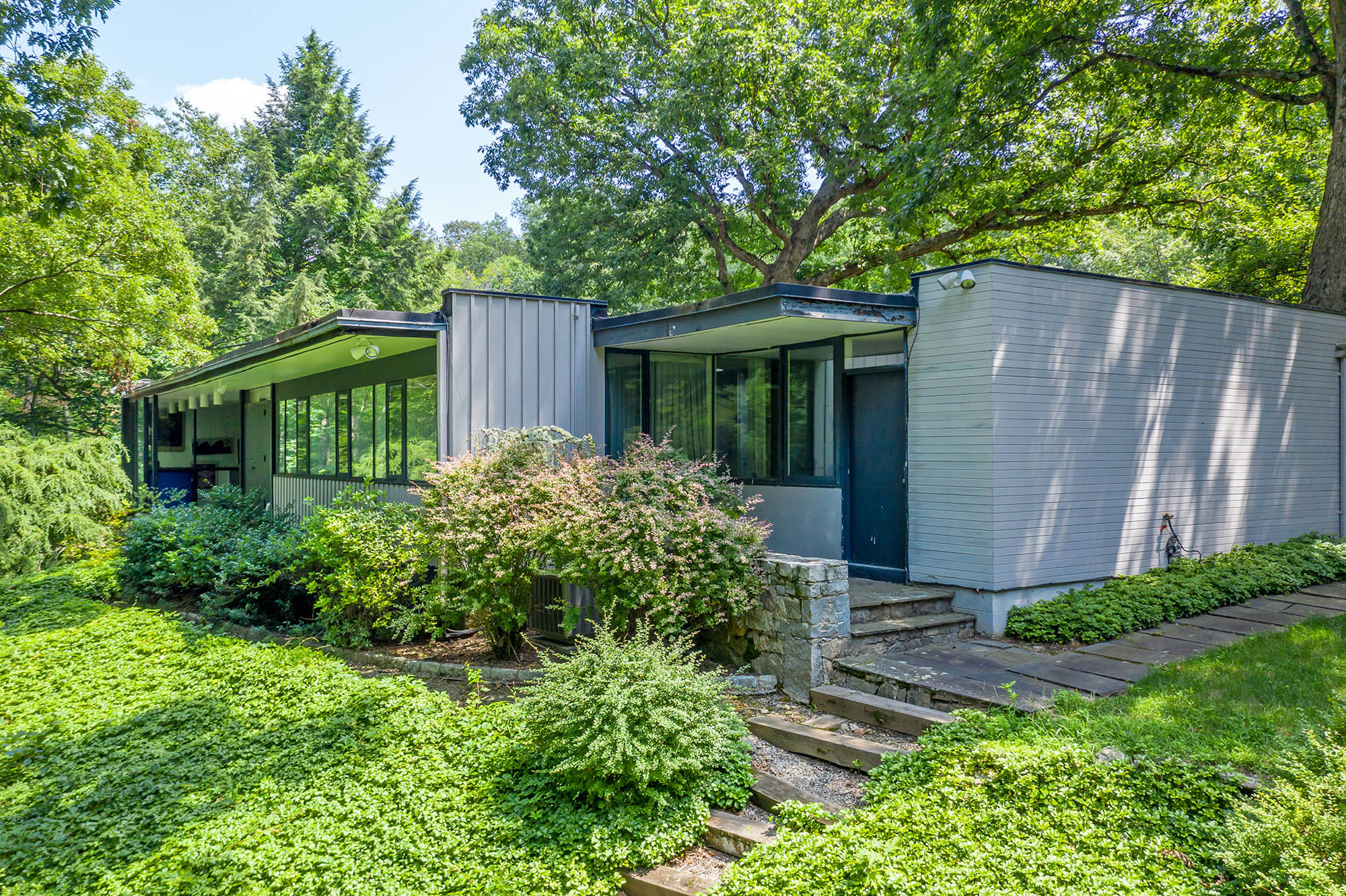
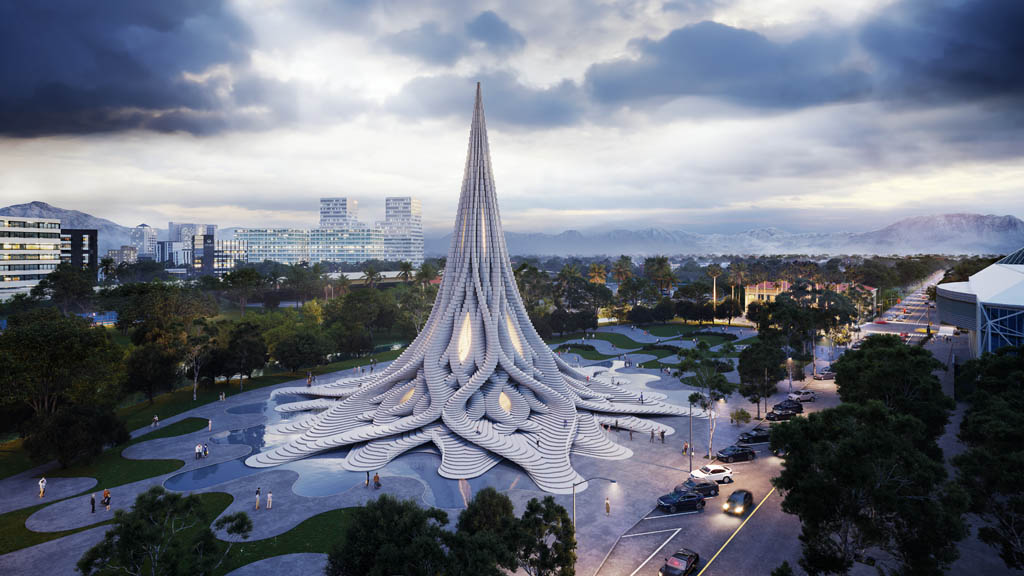
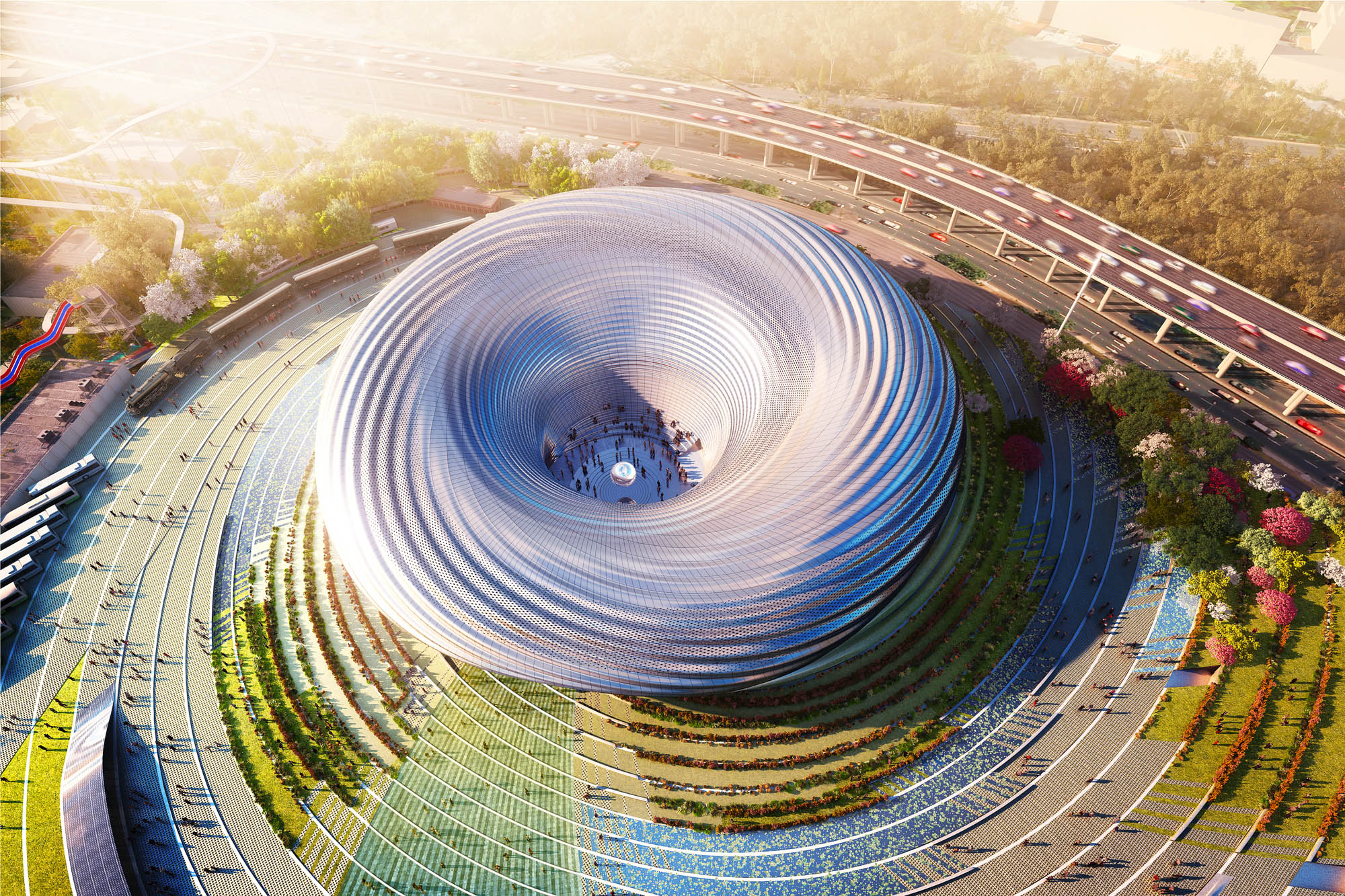
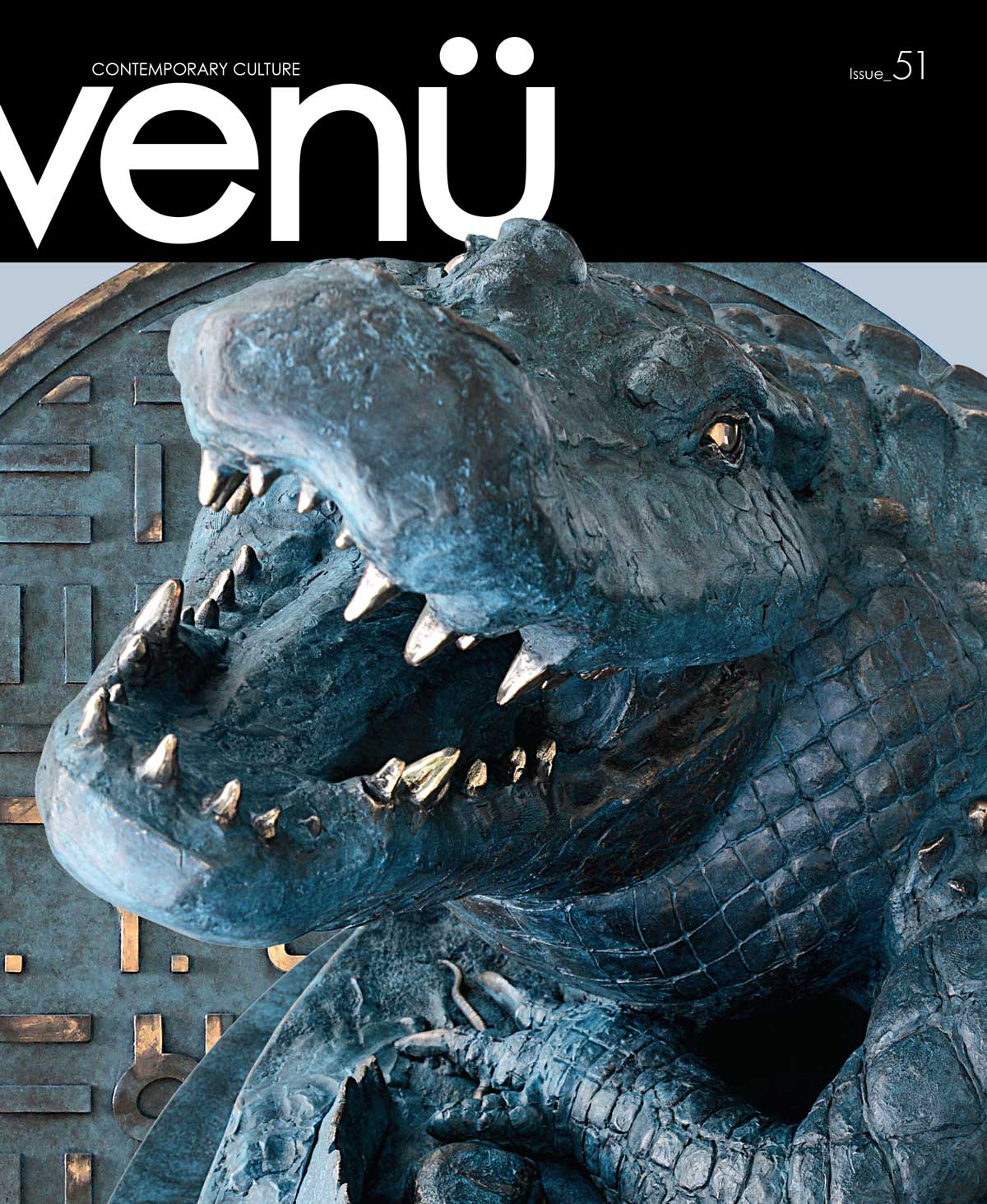
Leave a Reply